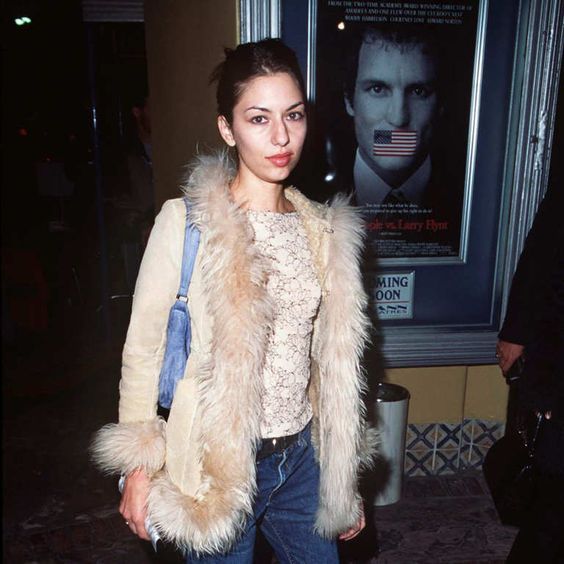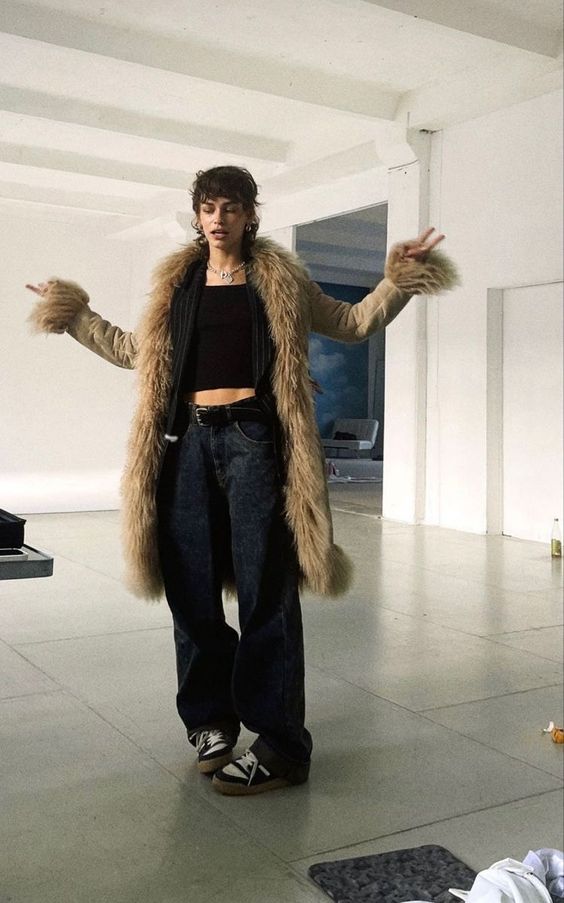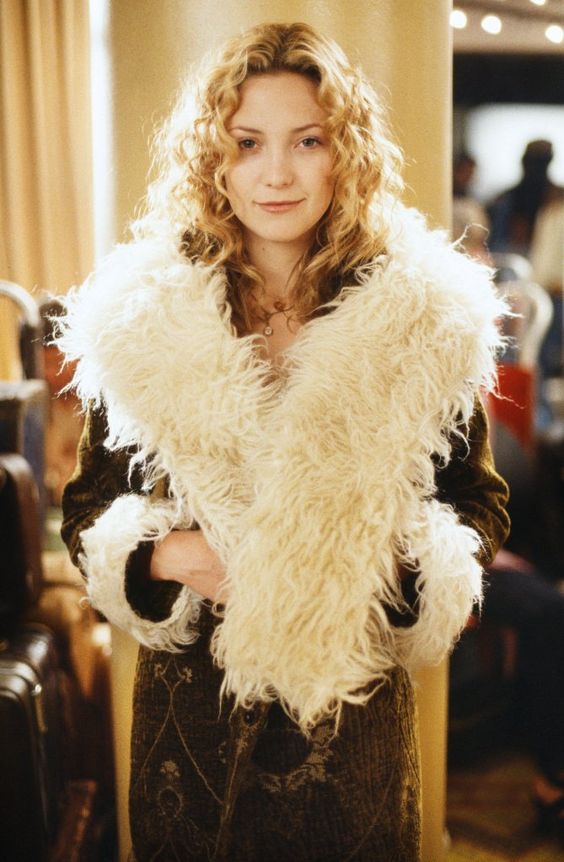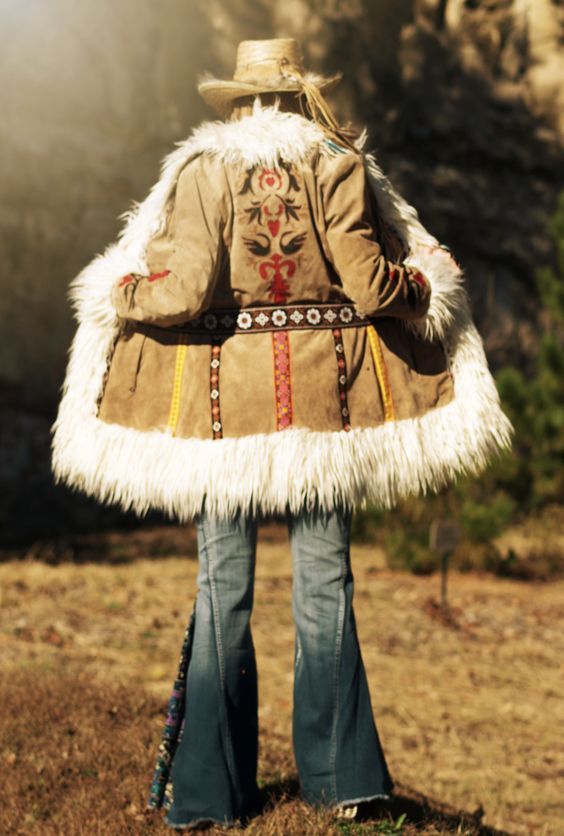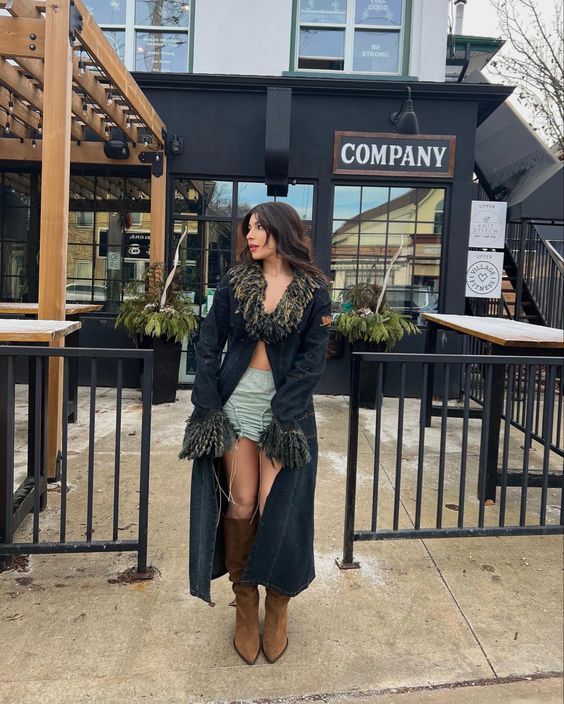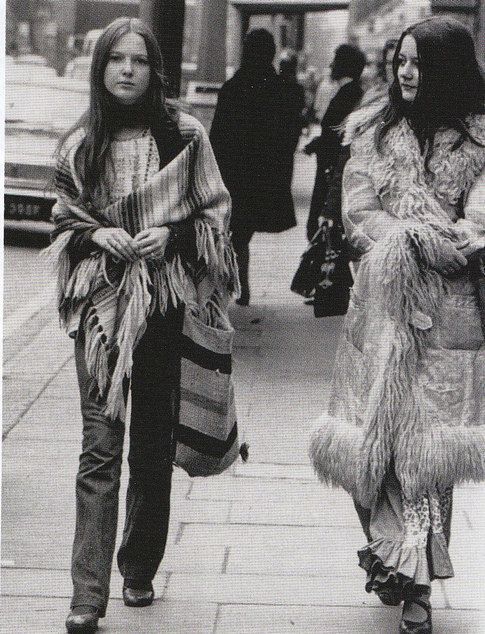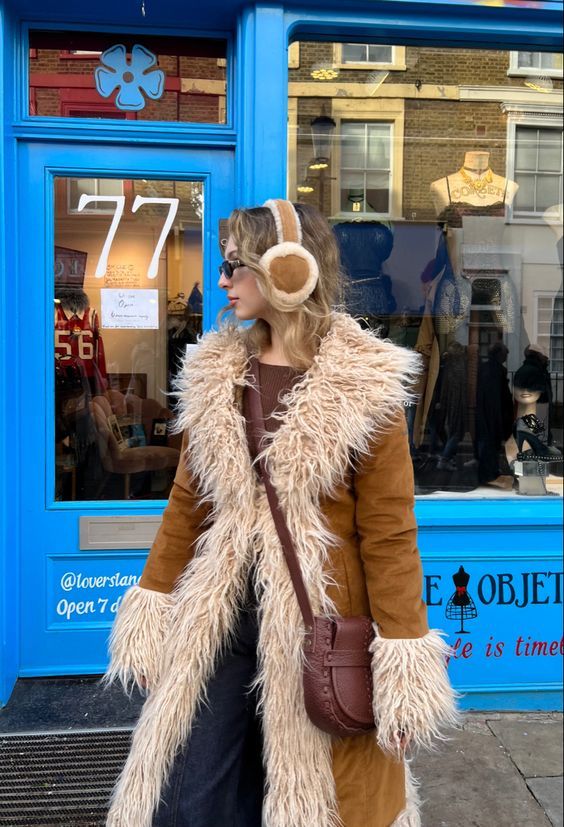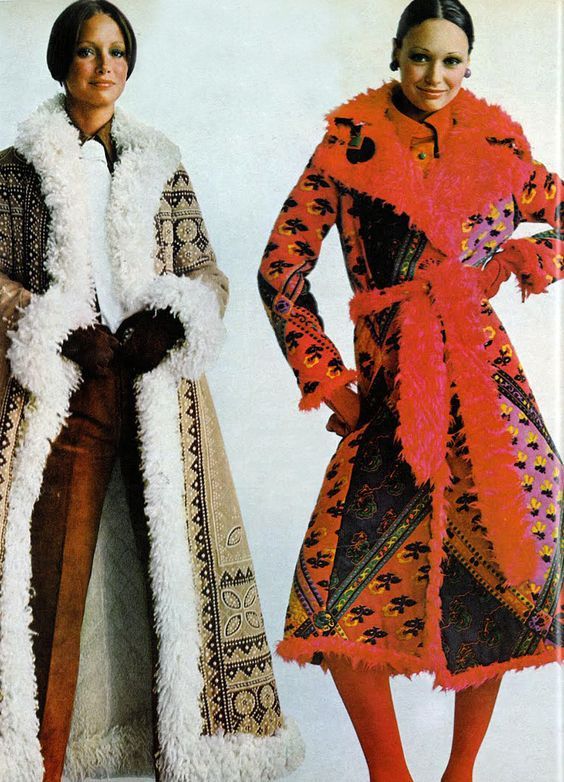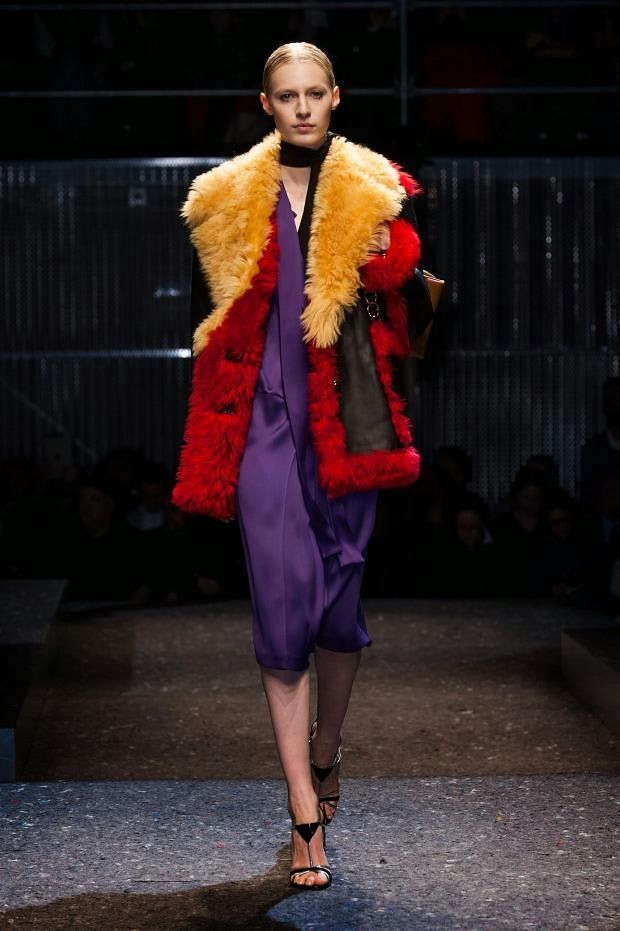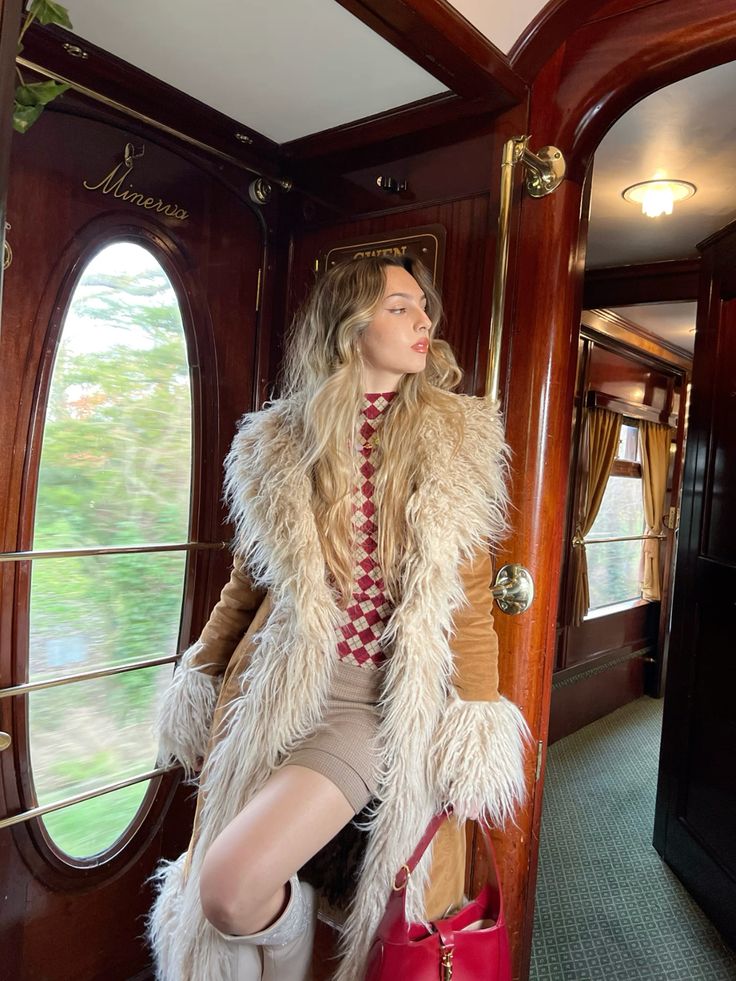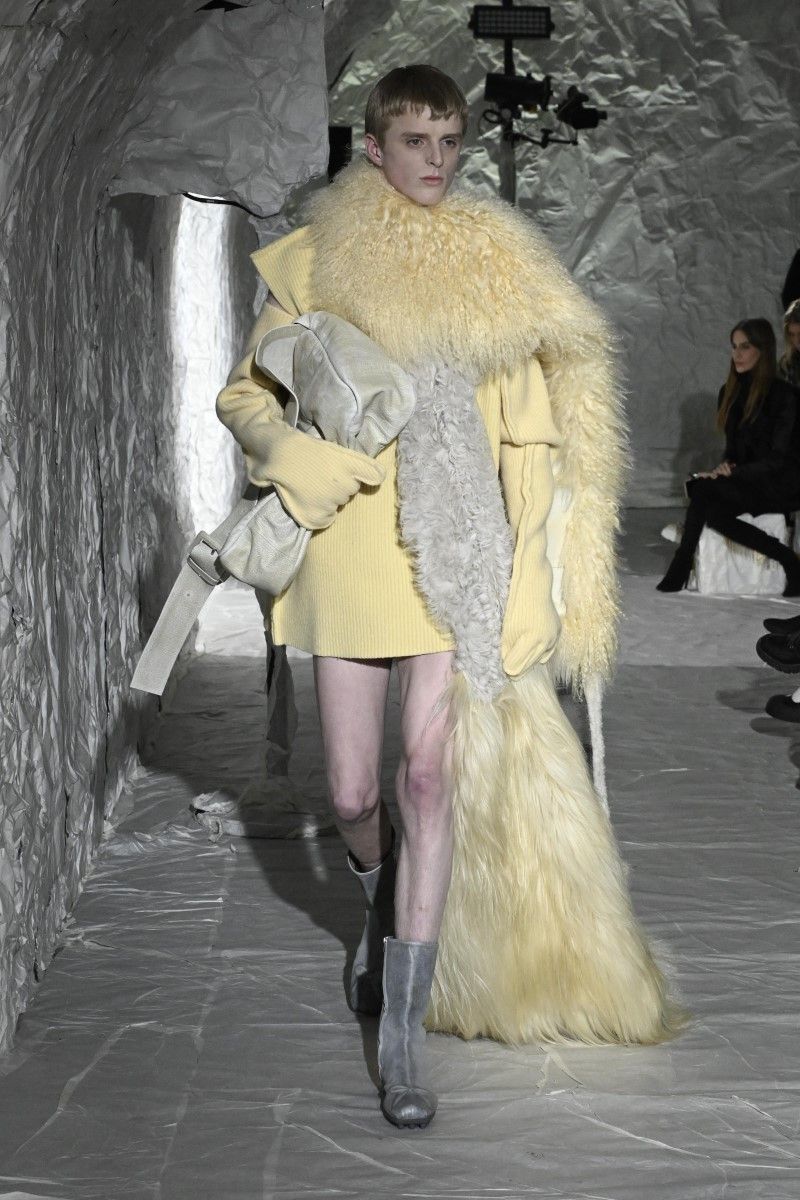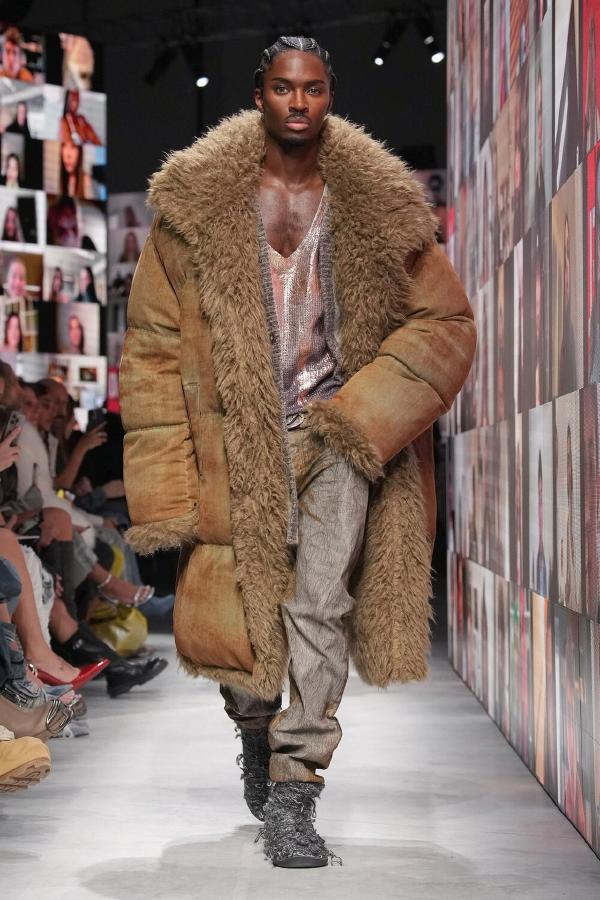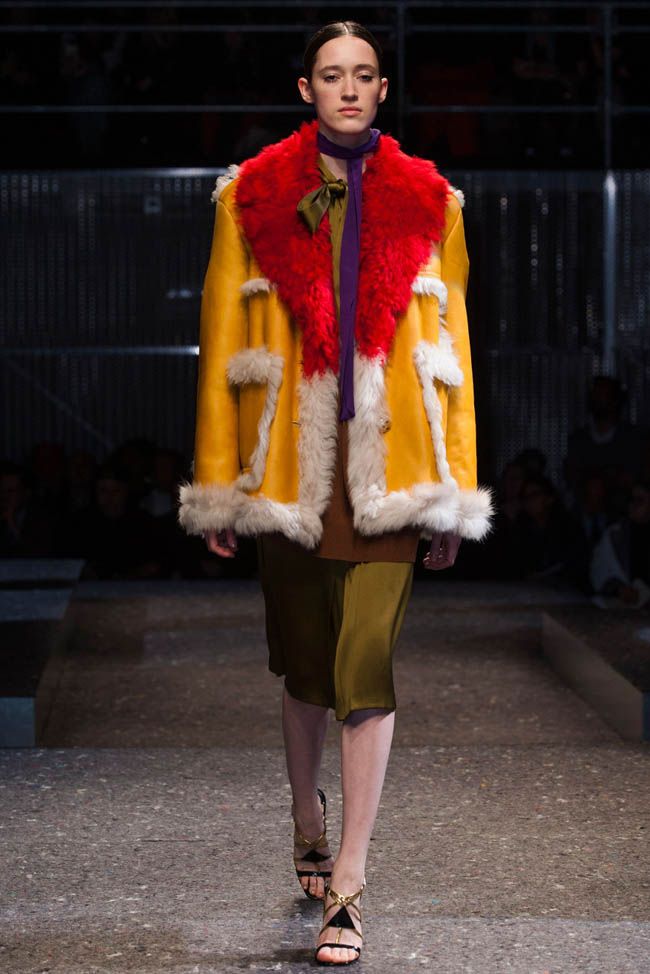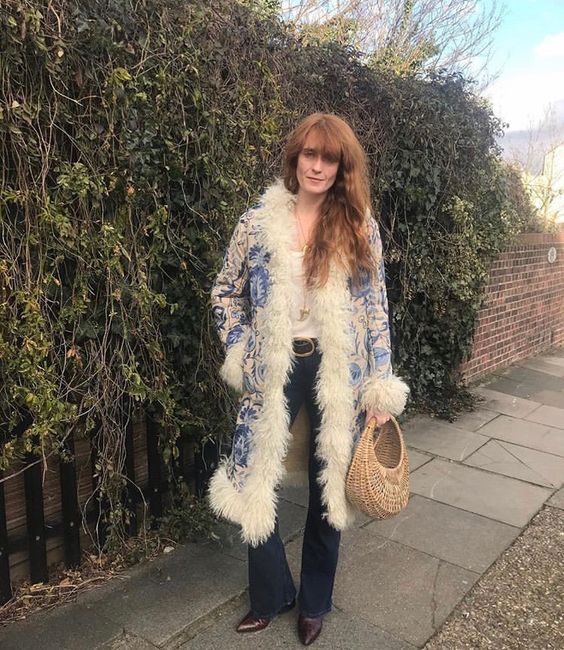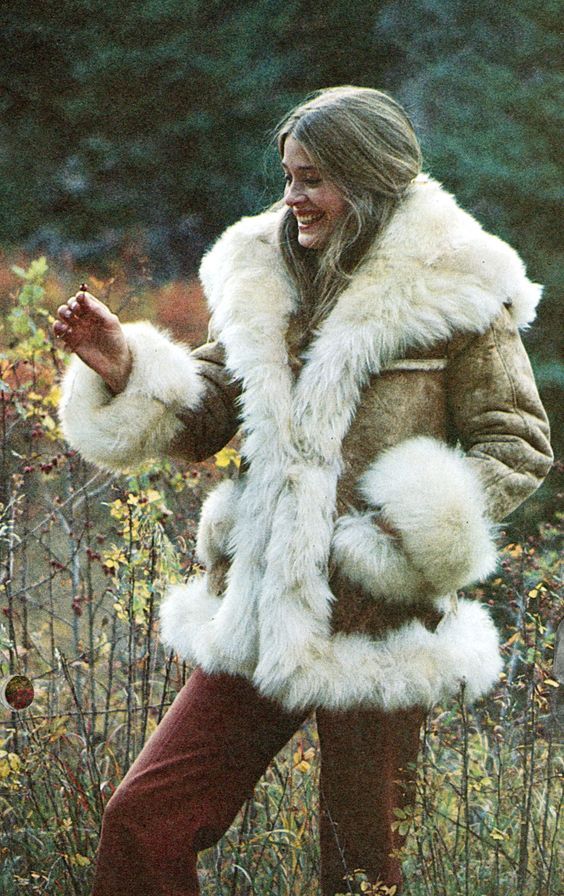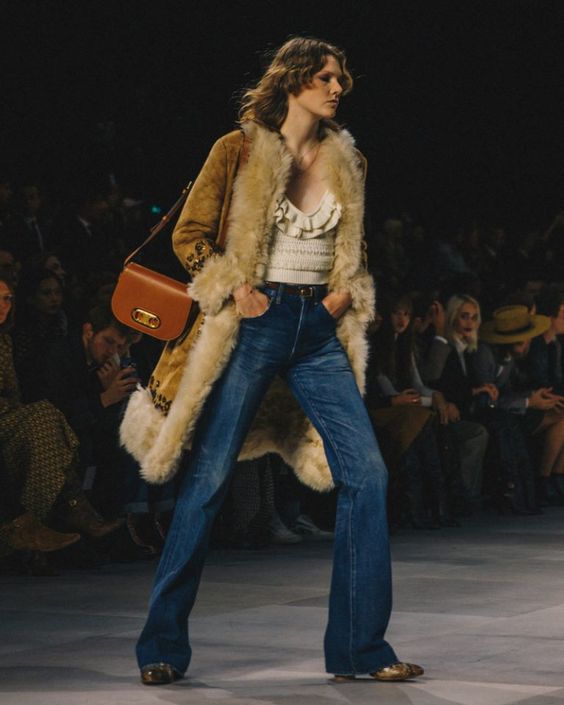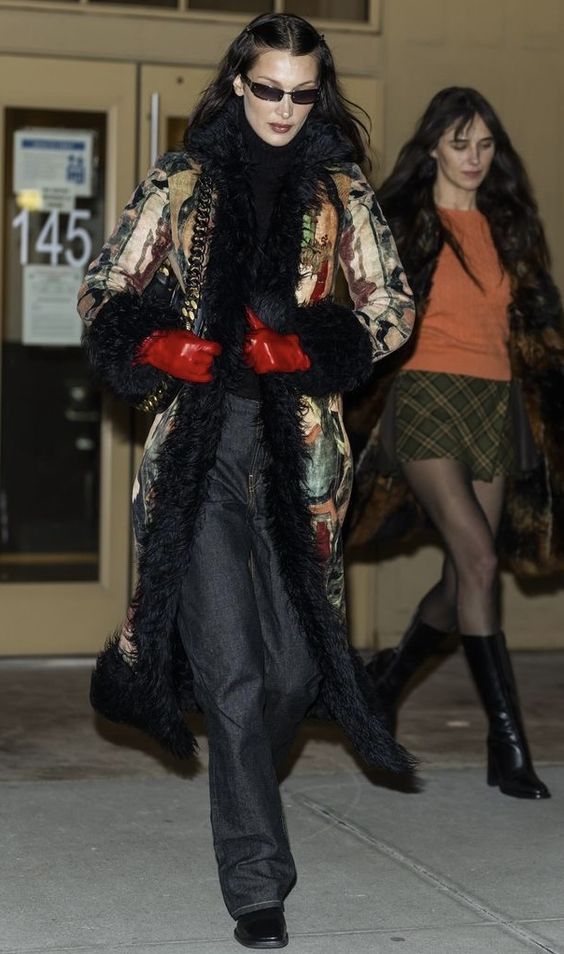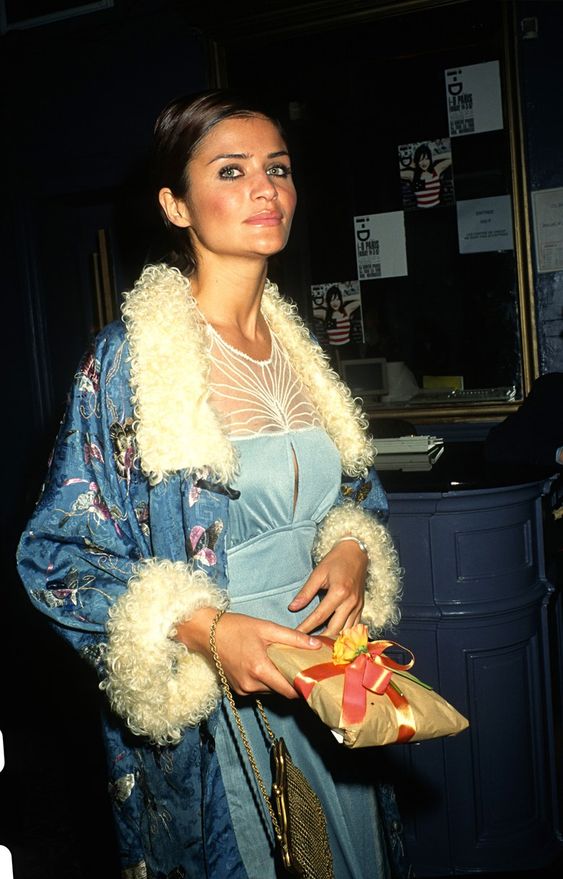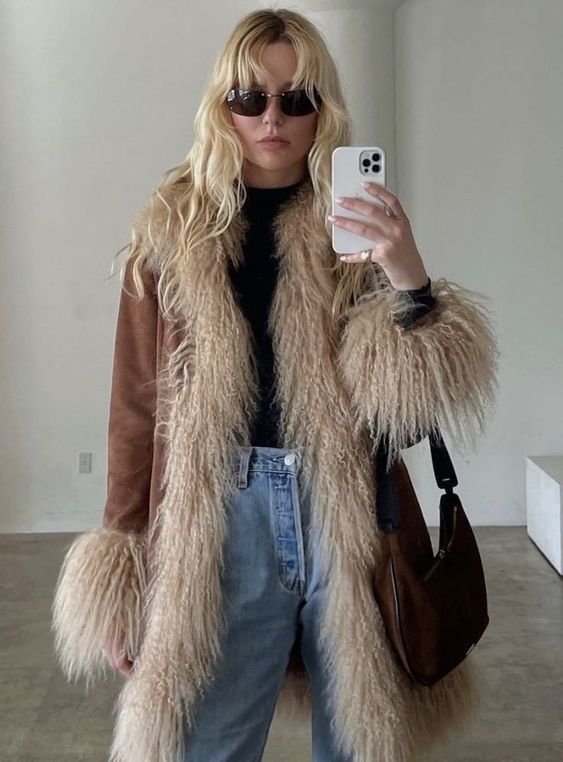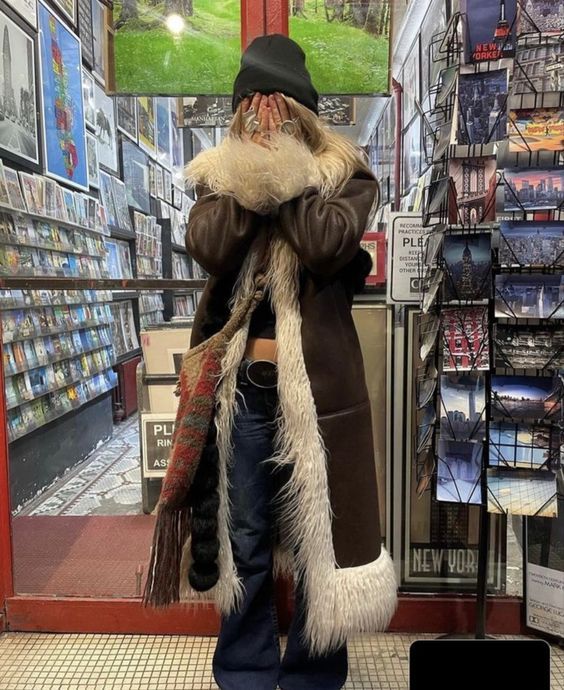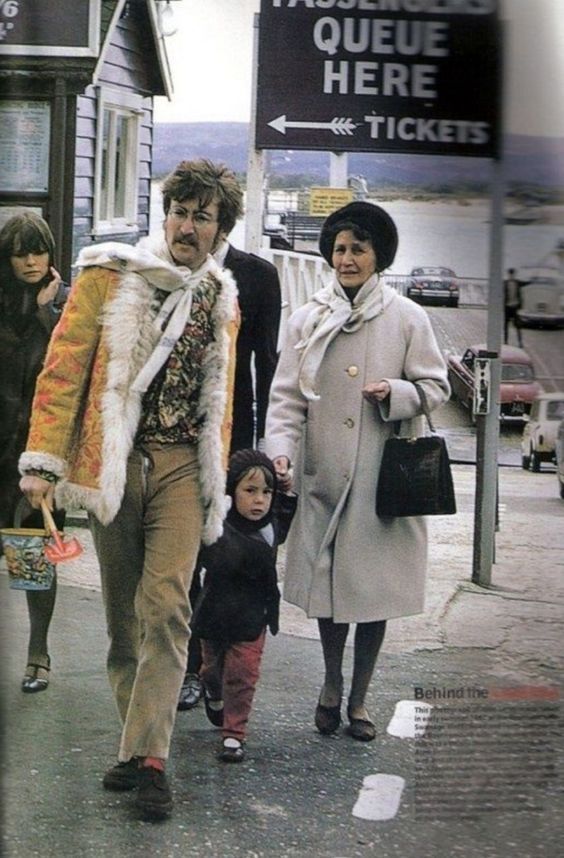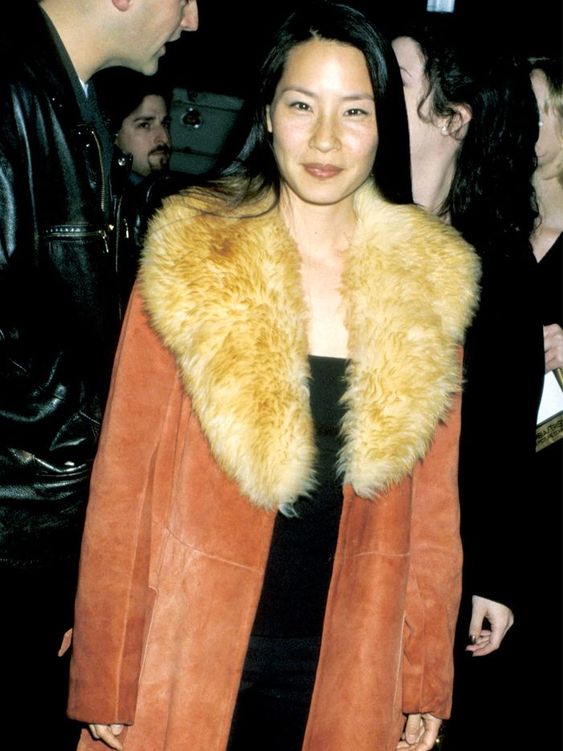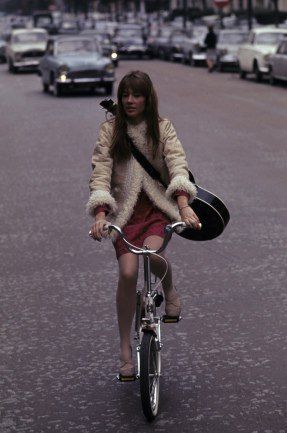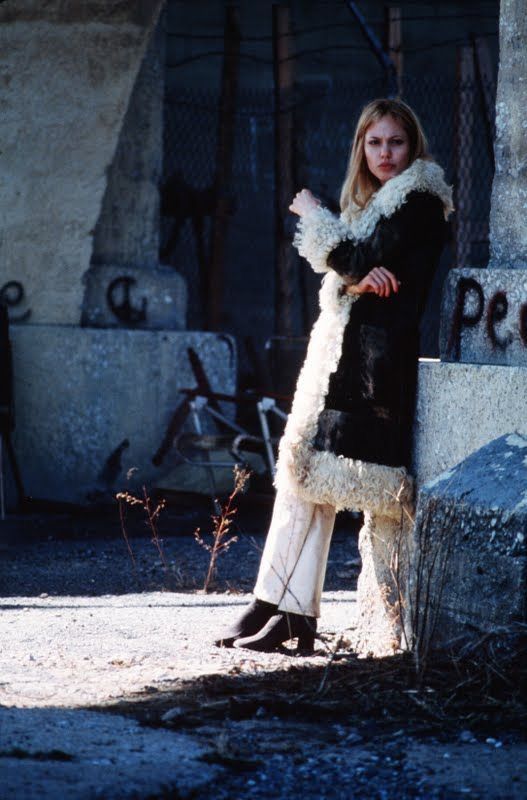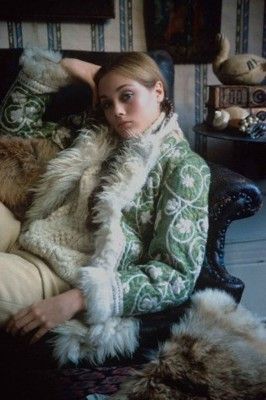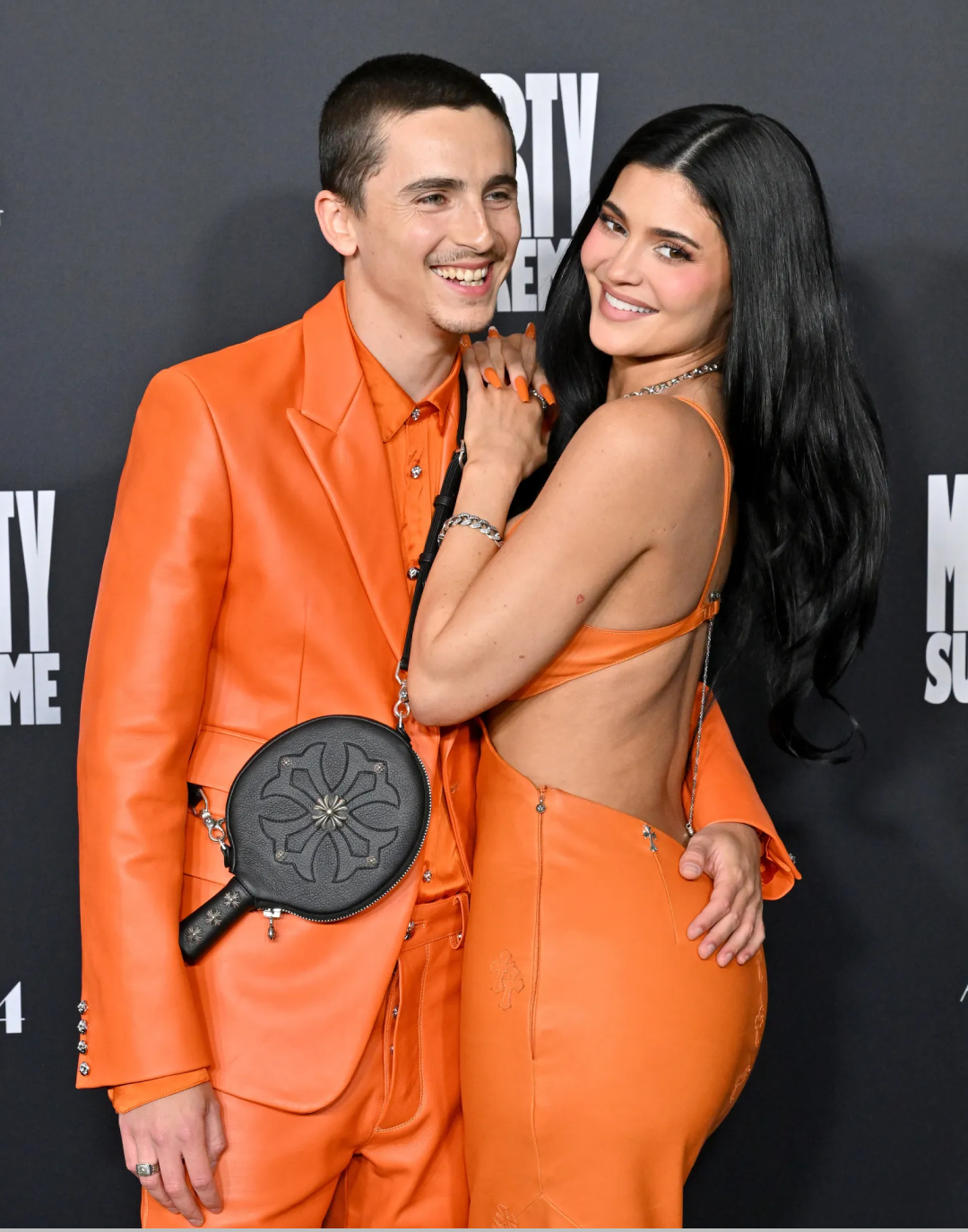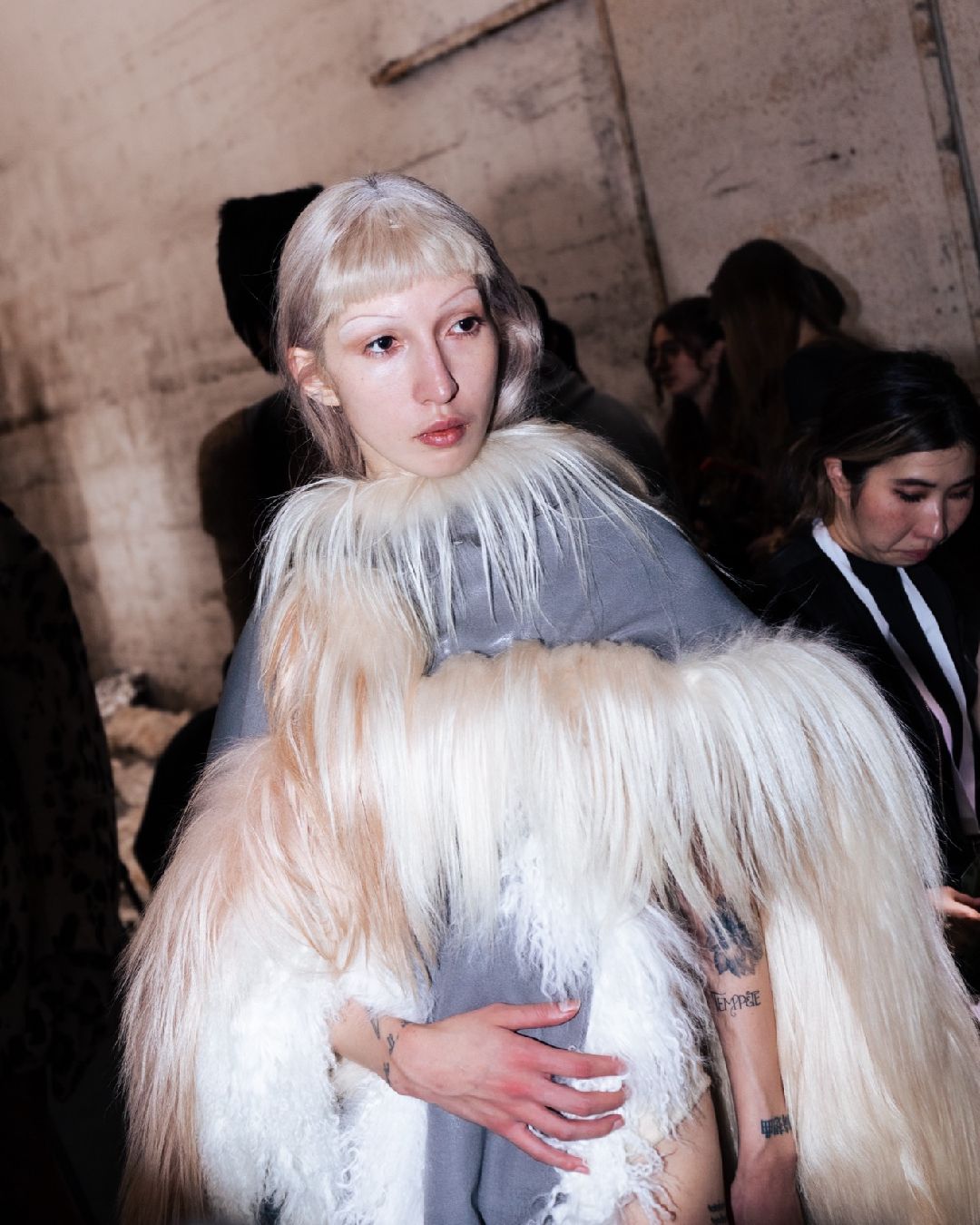
The cultural impact of the afghan coat A journey through different territories and cultures
From John Lennon to Janis Joplin, passing through Britney Spears to Olivia Rodrigo and Bella Hadid, the afghan coat is once again becoming an object of desire for Gen Z and an inspiration for both designers, in creating collections presented during fashion weeks, and for the street style looks of celebrities. What may appear as just any fur coat, actually has had a significant cultural impact on costume history and the identity of certain subcultures, being reproduced in various forms and constructions over time. Is it just a trend persisting in its cyclical nature, or is there something more to it?
How did the afghan coat originate?
The history of the afghan coat originates in Ghanzi, a city in Afghanistan: it is obtained through a fairly lengthy process of tanning sheepskins, which undergo technical treatments before being sewn and assembled using waxed thread. It was Afghan farmers who primarily wore these coats, suitable for the dry and cold climate of the region. The afghan coat was first exported to England thanks to the brilliant insight of Craig Sams, a British businessman who, by intercepting the tastes of the emerging hippie culture between the late '60s and early '70s, began selling these coats through noted boutiques in London like Granny Takes a Trip, then dubbed "the first psychedelic boutique." It is precisely in the English capital, a place of transgression and innovation in costume par excellence, that the Beatles, at the dawn of their success, chose to wear it: once again, the "sociology of celebrities" and the "copy effect" took their course. The afghan coat itself was part of that Beatles effect that many consider crucial for the development of youth subcultures in the '70s, fully establishing itself among the significant elements of recognition of the Hippie culture.
Fashion comebacks
Many costume historians and sociologists believe in the cyclical nature of fashion, arguing that, in reality, there is nothing entirely new; indeed, many "old" garments are, so to speak, reimagined in different contexts: every dress is a product of its time because it is the wearer who gives it meaning and social value. In the 2000s, we find the afghan coat in many looks of Britney Spears, the queen of teen pop and y2k sensation besieged by paparazzi and fans. A year earlier, Angelina Jolie wore it for Girl, Interrupted, a cult film in which the American actress, co-starring with Winona Ryder, portrays the tragic story of Lisa Rowe. Fashion has also brought the afghan coat onto the runway, often featured in the collections of the most famous designers. One cannot forget the Fall 2014 Ready to Wear collection by Prada and Miuccia Prada's obsession with shearling, «the opposite of rich», to quote the designer in an interview with Tim Blanks on Vogue Runway. In this collection, wool frames the edges of a coat, contrasting with geometric prints on silk dresses in vibrant colors inspired by the costumes of films by Rainer Werner Fassbinder, a renowned German director of the 1960s avant-garde movement. In that iconic runway show, Miuccia Prada managed to deconstruct and reuse, in form and meaning, materials such as sheep's wool or other yarns from distant epochs, making them intellectually "Prada-esque."
Shearling or afghan coat?
A clarification is needed: the shearling coat and the afghan coat, which may seem quite similar at first glance, have different technical processes of creation and come from different cultures. The former originates in Western culture and is commonly called shearling: it was first worn by American airplane pilots, then appeared on James Dean in the 1950s film Giant, and today is reintroduced into both male and female wardrobes for both formal and casual use. The afghan coat, on the other hand, is associated with a more bohemian style: it is a somewhat less structured garment, so it is certainly no coincidence that it was brought into vogue for the first time by freethinkers who, even through a certain way of dressing and representing themselves, have fought for universal values such as peace, independence, and the struggle against bourgeois and bigoted power.
The afghan coat on the catwalk
Today, the afghan coat, which may cause dismay among even the most passionate animal activists, particularly the group PETA, whose members we've seen protesting on the catwalks during recent fashion weeks, is a highly sought-after item by new generations. They often prefer vintage, a sustainable choice that challenges the significant problem of animal treatment in the fashion industry. More recently, the afghan coat has returned to be desired by many celebrities like Olivia Rodrigo and Zoe Kravitz: a consistent choice with the return of Y2K schoolgirl style, a bit Lizzie McGuire, the cult series of Disney Channel, a bit Phoebe Buffay, a bohemian artist, the ironic and free spirit of the series Friends. From Burberry to Diesel, the "Penny Lane coat," a name coined from the coat worn by Kate Hudson in the famous film Almost Famous, has been adapted through different styling forms and techniques allowing the garment to transform, to be the subject of experimentation as in the case of denim and wool furs by Diesel and the tribal mantles, in some ways "prehistoric," from the latest Marni runway show. All this happens because fashion allows its freer creators to go beyond what seems like just a passing trend but is, in reality, a historical-cultural exploration into a past that returns to the present each time with new forms and meanings.










































